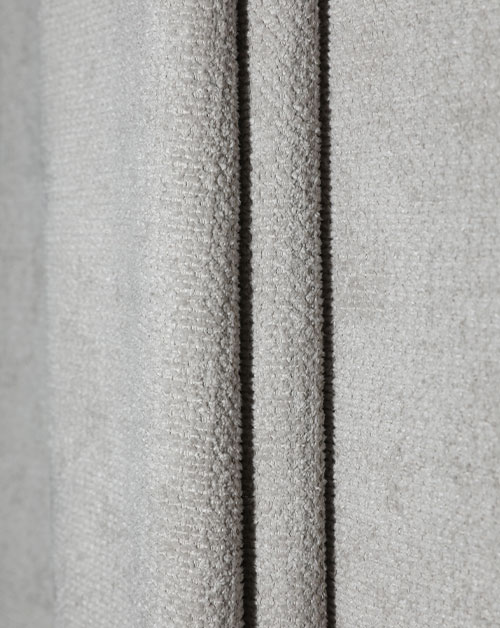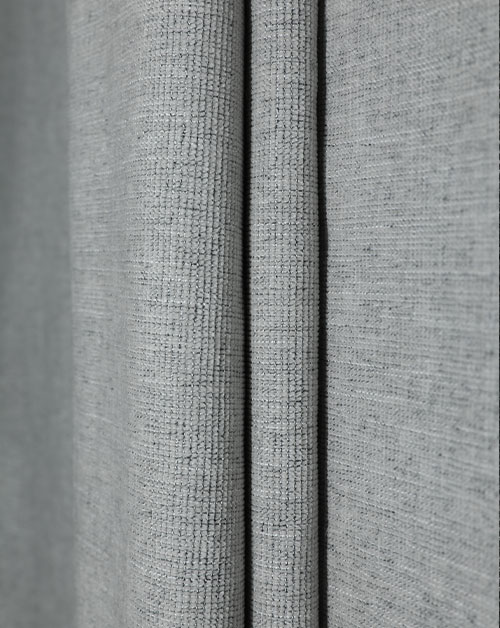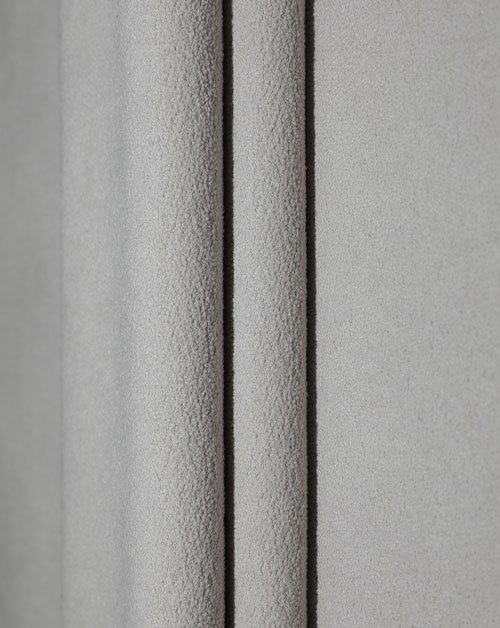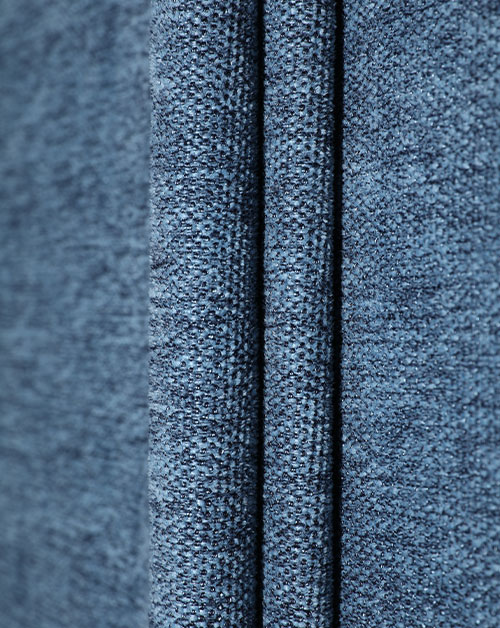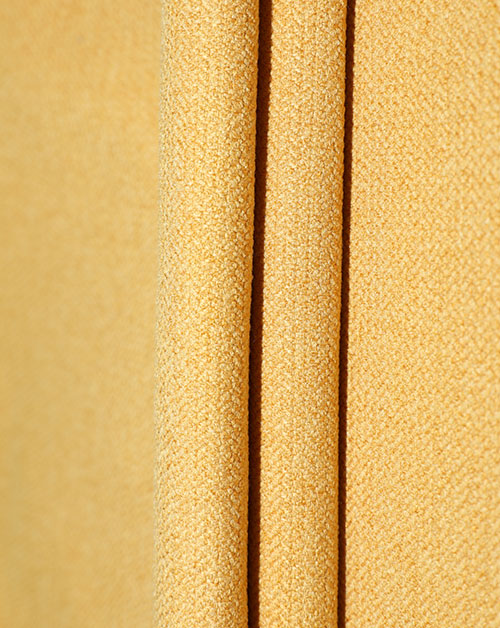In modern home life, Home Decor Fabric is no longer just synonymous with decorative materials; it carries the important mission of shaping spatial atmosphere, improving quality of life, and expressing aesthetic style. With the rapid development of the interior design industry, people's demands for fabrics have gradually expanded from simple covering and decoration functions to multiple dimensions such as texture expression, visual harmony, tactile experience, and overall spatial coordination. Home Decor Fabric is continuously becoming a core keyword in the interior decoration industry, with increasing market attention, bringing huge business opportunities to textile and home furnishing companies.
Upgrading Trends in Home Decor Fabric Consumption
As living concepts continue to change, people's choices of Home Decor Fabric have shifted from simply pursuing visual aesthetics to paying more attention to craftsmanship, tactile experience, environmental performance, and adaptability. Home environments increasingly emphasize comfort, humanization, and psychological pleasure; the weight, light and dark, texture differences, and light and shadow expressions presented by fabrics in the space have all become important sources affecting user experience. The fabric market is showing a trend towards increasingly refined aesthetics, diversified styles, and higher-end functions. Design language is shifting from traditional decoration to a greater emphasis on emotional expression and lifestyle value.
This change also means that Home Decor Fabric's design and development pays more attention to pattern layering, color psychology, fabric structure, texture, and compatibility with lighting environments, satisfying both spatial decoration needs and maximizing the quality of life for residents.
Fabrics as a Visual Language of Spatial Expression
Home Decor Fabric plays a crucial visual role in home spaces. Fabrics with different sheens, drapes, textures, and finishes can present distinctly different spatial atmospheres. Fabrics with soft sheens or delicate textures can create a warm, peaceful, and private interior atmosphere; while fabrics with stronger visual lines and a more substantial texture can bring a modern, simple, and clean spatial aesthetic. Fabrics have evolved from mere accessories into important design materials with direct aesthetic attributes and spatial expression capabilities.

In modern home design, color matching has also become a core value of Home Decor Fabric. When coordinated with wall, furniture, lighting, and flooring materials, fabrics can create a sense of spatial depth and visual completeness, enhancing the room's visual comfort and artistic expression, and providing users with a more personalized living experience.
Technological Innovation Drives Market Competition
With continuous advancements in textile technology, Home Decor Fabric's technological content and structural quality are constantly improving. Modern processes are continuously deepening in areas such as structural design, fiber blending, and dyeing and finishing processes, resulting in superior performance in terms of feel, durability, visual appeal, and colorfastness.
Innovative production concepts enable home decor fabrics to more precisely achieve texture construction, color layering, and textural expression, enhancing the fabric's tactile aesthetic attributes. Simultaneously, improvements in drape, luster, suppleness, and surface fullness make the fabric more suitable for the modern space's pursuit of a balance between sophistication, comfort, and lifestyle enjoyment.
Environmental Friendliness Becomes Industry Standards
With consumers' increasing environmental awareness, the environmental friendliness, sustainability, and safety of Home Decor Fabric have become industry benchmarks. Environmentally friendly dyeing and finishing processes, recyclable fiber materials, and ecological testing systems are emerging as new market trends. Modern home decor fabrics are developing towards healthier, greener, lower-energy-consumption, and more recyclable directions, focusing not only on comfort during use but also on overall health performance throughout the entire process, from fiber selection to production emissions.
This trend is driving textile companies to continuously innovate and upgrade in areas such as raw material procurement, process optimization, and supply chain management, enhancing the ecological value of fabric products and making them more aligned with the core requirements of future home life for safety, health, and environmental protection.
From Spatial Function to Emotional Value Extension
Home Decor Fabric has evolved to not only satisfy decoration but also provide psychological and emotional adjustment value to the space. Color, light and shadow, fabric thickness, and texture can adjust the atmosphere of a space, providing residents with visual pleasure and emotional relaxation. The soft touch, fine structure, and comfortable environmental feedback make fabric the carrier closest to human sensory experience in home life.
Changes in fabric can allow for a natural shift in spatial style, such as from modern minimalism to understated luxury, from warm and soft to crisp and bright, allowing the home environment to present different temperaments at different stages of life. Home Decor Fabric has thus become an important design language for expressing lifestyle, taste, and spatial aesthetics.
The value of Home Decor Fabric in interior design is becoming increasingly multifaceted. It is not only an indispensable soft furnishing element in the home environment but also a crucial support for determining the quality of space and the living experience. Future home decor fabrics will continue to evolve towards higher comfort, higher aesthetic expression, higher environmental performance, higher emotional value, and higher brand recognition, injecting more texture and warmth into modern home design.

 English
English 中文简体
中文简体 русский
русский عربى
عربى